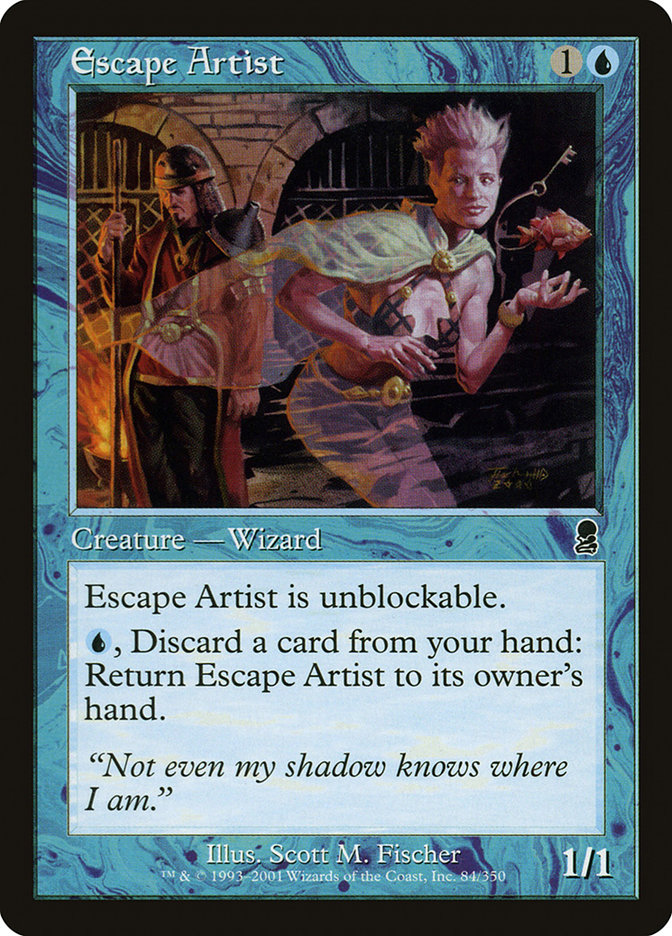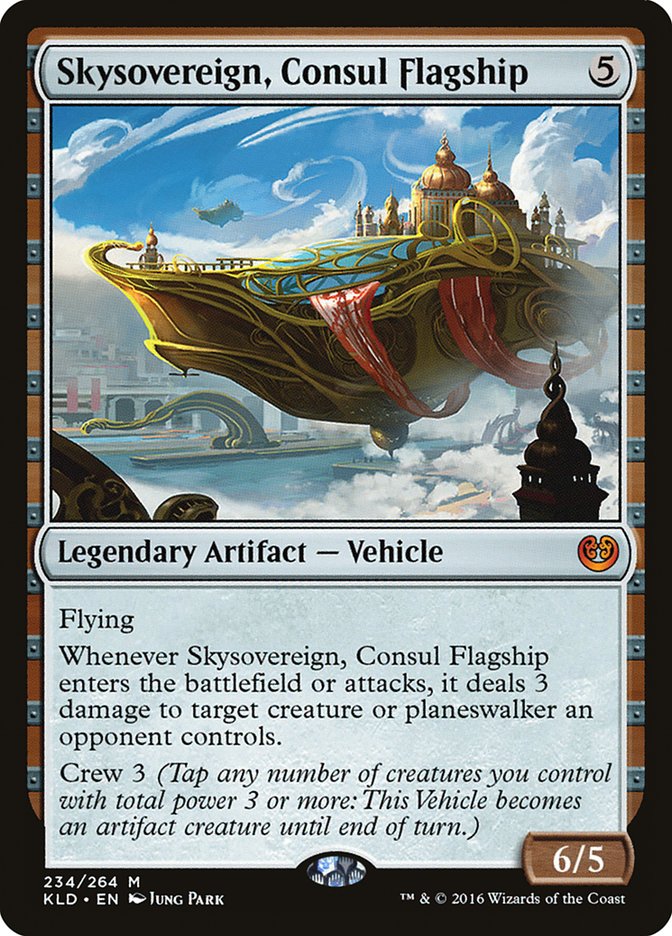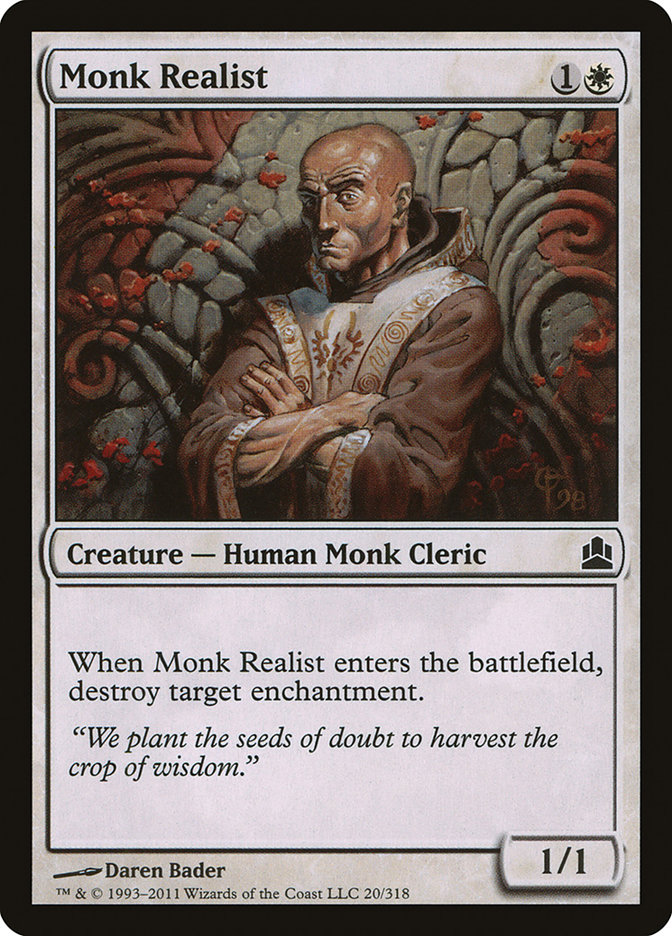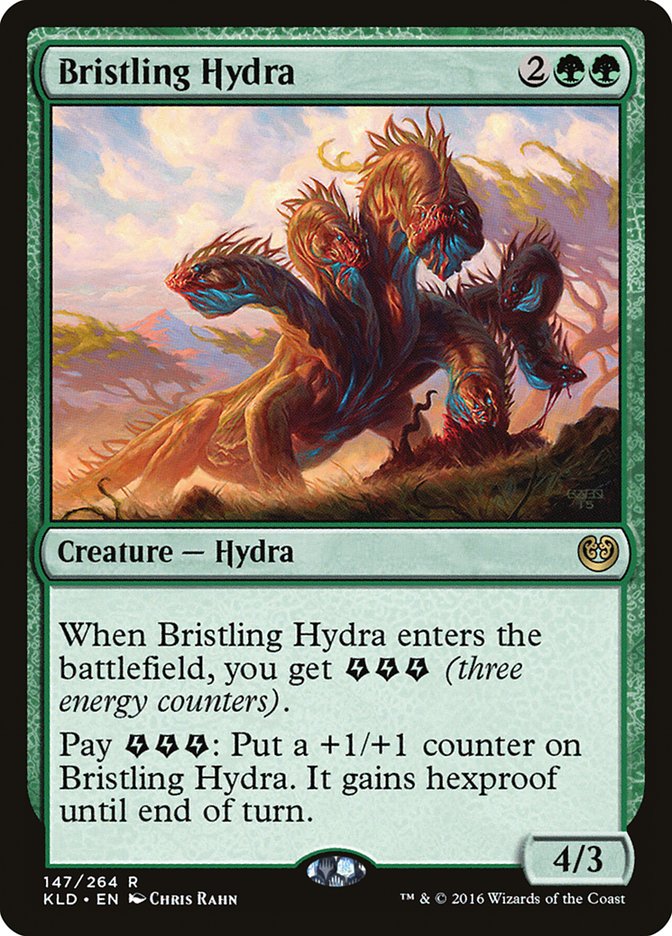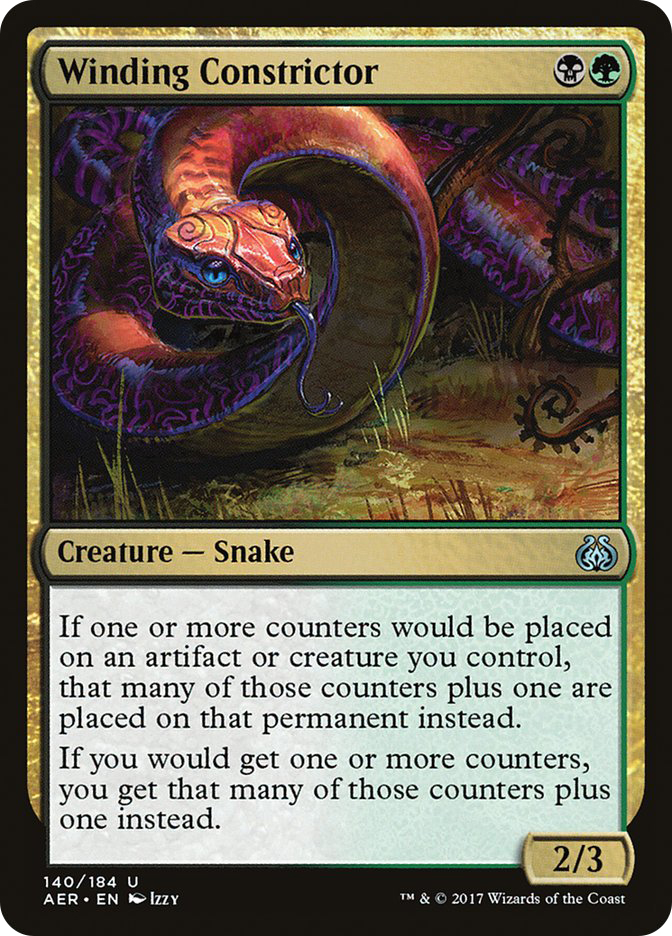I may not be coming home a champion, but I sure do feel like one right now. The dust has settled, and Seth Manfield is our Pro Tour Ixalan victor! His dominance over the weekend has kept Genesis, our team, in first place after the first Pro Tour of the season and puts us one step closer to redeeming ourselves after our loss to Musashi. To top it off, we added a secondary team to our testing group, and they also had a relatively decent tournament. New teams always have growing pains, but everyone seems to already be happy with the squad we’ve assembled. Friendships are being made, and motivations fueled.
I have a very good feeling about this season, but I’m getting ahead of myself. Let’s go back to the beginning of this story.
It’s mid-afternoon on Sunday during the World Championships. We just lost to Musashi in the finals of the first Team Series Competition. We were so very close to taking the title, but everything seemed to fall apart at the last second. We came up short. Everyone on my team took the loss with grace, but I was devastated. I shook the hands of all six members of Musashi, and left the site never to return. I’d watch William Jensen win his title from the comfort of my hotel room. I just couldn’t be there anymore.
Losing as an individual can sting, but failing as a unit is devastating to those truly invested in those they surround themselves with. That’s what made losing the team series so heartbreaking. Even though the World Championships was the bigger event, it didn’t pain me to yet again have a middling finish in it. I didn’t draft well and my Constructed deck wasn’t well-positioned. There just were enough mistakes made for me to rationalize my bad event.
For the past few years I’ve been looking for my out from the competitive world of Magic. It’s not that I no longer enjoy it, but rather have simply done it for long enough. Each season starts with me telling myself, “If I don’t hit Platinum or qualify for the World Championships, I’ll start transitioning away from being a professional player.” I don’t exactly know yet what that would mean, but my heart is set on one day working for Wizards as a set developer.
That hasn’t yet played out, as I find myself performing well and being constantly fueled by the competition in some way or another. Right now my motivation is vengeance. I want nothing more than for Genesis to get back and win it this season!
I began working extensively on Standard for Pro Tour Ixalan. I’ve always been good at understanding formats after they’ve been around for a month or two, and this was the first time that skillset would be put to the test at a Pro Tour. The week after Nationals, I was dead set on playing something like this.
Creatures (20)
- 3 Longtusk Cub
- 4 Bristling Hydra
- 3 Whirler Virtuoso
- 4 Servant of the Conduit
- 4 Rogue Refiner
- 2 The Scarab God
Planeswalkers (2)
Lands (23)
Spells (15)

Many fringe decks were starting to pop up, like Esper/Abzan Tokens, U/W Monument, Mono-White Vampires, and Mono-Black Aggro. At the time, these decks all seemed to have some promise going into the Pro Tour.
That’s why I was so dedicated to playing Skysovereign, Consul Flagship. All of these decks had the ability to push control out of the metagame while also adapting to a metagame filled with Glorybringer. Skysovereign, Consul Flagship may have a similar effect to the format-defining Dragon, but it plays around many of the reasons why these decks can beat the creature. Tokens can’t simply Fumigate it away, Mono-Black Aggro doesn’t get to trade a Heart of Kiran for the removal spell on a stick, and U/W Monument loses a creature at twice the rate. The “boat” was poised for a good Pro Tour experience.
The deck was performing spectacularly, but I wasn’t going to simply rest on it. There were a few matchups that needed to be tested, but also others who were starting to do similar things. I built all the random decks in the format that might benefit against the deck without Glorybringer. On my list were U/W Approach, Ramunap Red, and Sultai Energy.
Surprisingly, the absence of Glorybringer wasn’t that big of an issue for the first two decks. Not getting swept up by Fumigate was actually nice against U/W Approach, and dealing with Harsh Mentor and Rampaging Ferocidon made up for the lack of Damage the dragon could provoide. Everything was going great, and there was just one more matchup to worry about: Team Metagame Gurus’ Sultai Energy deck from Week 1 of the format.
Joel Larsson was excited to play the Sultai Energy deck against me, as he was spell-slinging with the deck just that last weekend at the Grand Prix and was impressed by it. I knew the matchup was going to be worse due to the absence of Chandra, Torch of Defiance and a whole set of Glorybringers, but never did I expect what actually happened. Joel mopped the floor with me! I barely won any games, and usually it was only due to Sultai Energy’s fail rate and had nothing to do with Four-Color Energy overpowering the strategy. He’d constantly steal my Skysovereign, Consul Flagship and claim to be the “captain now.”
The session was eye-opening and proved that I could no longer play this Four-Color Energy deck. It also explained why so many Sultai Energy decks were doing well on Magic Online.
Now, I don’t often take much stock in the Magic Online data outside of PTQs and Magic Online Championship Series results. I did, however, become very curious to why this deck was doing so well against Four-Color as it was terribly against stock Temur Energy.
After I finally played some with the deck against variants of Energy poised to win mirrors, I saw why it was doing so well: Sultai Energy becomes a huge favorite against Temur Energy variants the more they cannibalize themselves by prioritizing mirror. It doesn’t really matter what configuration you’re against. If they don’t have a high density of Chandra, Torch of Defiance or Glorybringer, Sultai will be favored.
This was extremely eye-opening, as Sultai Energy always performed well against the rest of the field excluding U/B Control. In fact, the deck was spectacular against any strategy that was designed to beat Temur. Tokens, Monument, God-Pharaoh’s Gift, U/W Approach, and even Mono-White Vampires were all amazing matchups. If enough people would transition from Temur Energy to Four-Color, we may have very well found our deck!
Fast forward a little. Seven of the twelve of us played Sultai Energy at the Pro Tour. A few got cold feet, while others were invested in other strategies. All twelve of us at least played Attune with Aether. Here’s what I registered.
Creatures (27)
- 4 Longtusk Cub
- 4 Winding Constrictor
- 2 Rishkar, Peema Renegade
- 4 Glint-Sleeve Siphoner
- 4 Rogue Refiner
- 4 Walking Ballista
- 1 The Scarab God
- 4 Hostage Taker
Lands (21)
Spells (12)

The big question that’s on most minds is if this deck will still be good. I’m under the impression that Sultai Energy will be a better choice than Temur Energy as long as Temur is the deck players are focused on beating.
The best example of this is the card Solemnity. It would absolutely devastate Sultai Energy, yet barely impacts the game against Temur Energy, especially when players know it’s coming. If for whatever reason the metagame shifts to target Sultai Energy, the deck will not be able to keep up, but I don’t see that happening anytime soon. For now Sultai Energy will get to ride Temur’s coattails and pick off all the decks designed to beat the format’s “top dog.”
Stock Temur Energy is a bad matchup, though, and Team Ultimate Guard showed off another variant of the deck that can keep up in the bad “mirror” matches.
Creatures (22)
- 4 Longtusk Cub
- 4 Bristling Hydra
- 3 Whirler Virtuoso
- 4 Servant of the Conduit
- 4 Rogue Refiner
- 3 Glorybringer
Planeswalkers (1)
Lands (22)
Spells (15)

Here’s how we tried to counterattack Temur Energy.
On the Draw
Out:
In:
On the Play
Out:
In:
This strategy is yet to be perfected, but it’s what we went with for Pro Tour Ixalan. We tried many strategies to beat Temur Energy, but found that the more midrange we became, the worse things got, as we would eventually be trying to play their game.
The advantage Sultai Energy gets is in the early turns by deploying multiple threats trying to achieve synergistic values. Temur’s job is to break them up while putting pressure on Sultai. That’s why cards like Chandra, Torch of Defiance and Glorybringer are so good against the deck, as they do both.
The other creatures in Temur Energy are all actively bad, as they don’t interact with the opposing strategy. Whenever Temur stumbles or has non-Glorybringer creature-heavy draws, Sultai Energy will quickly pull too far ahead on the battlefield. If Sultai Energy goes down the path of bringing in cards like Vraska, Relic Seeker or other high-impact spells, they will eventually find themselves drawing a fragmented mix of low-impact creatures, lands, and removal spells. This is easily beaten by Bristling Hydra, a card that is normally not good enough in the matchup.
Long story short: don’t play their game, as they are better at playing it. Be the aggressor, and try to find angles of attack as often as possible. It will be difficult to beat multiple copies of the double red cards, so try to map out a gameplan around only needing to deal with a single copy of one or the other. Trying to play around Temur’s best draws will just become a self-fulfilling prophesy.
The rest of the metagame is filled with good matchups, as Sultai Energy can adapt to many different strategies. Against noncreature decks it becomes flush with cheap creatures and cheap interaction. In fact, it almost feels like playing Modern when you’re up against a deck like Abzan Tokens. Glint-Sleeve Siphoner is practically a busted Dark Confidant, and you have Negate and Duress to efficiently interact with an opponent while putting pressure on them. Sometimes they can assemble a sizeable wall of tokens, but this deck doesn’t have as much of an issue in these situations as other Energy decks.
The only other downside besides the stock Temur Energy matchup is how difficult Sultai Energy can be to play. I would not suggest just picking it up and assuming the lessons learned from Temur Energy are easily transferred. The two decks do not share similar strategies, and in fact playing Sultai like Temur is an easy way to lose winnable games. This is in fact an aggressive deck, and should be treated as such.
The rest of the sideboard plans:
Creatures (26)
- 4 Bomat Courier
- 3 Kari Zev, Skyship Raider
- 4 Hazoret the Fervent
- 3 Ahn-Crop Crasher
- 4 Soul-Scar Mage
- 2 Harsh Mentor
- 4 Earthshaker Khenra
- 2 Rampaging Ferocidon
Lands (24)
Spells (10)

On the Draw
Out:
In:
On the Play
Out:
In:
When Ramunap Red is on the draw, they will try to play out similarly to a Temur Energy strategy: pick off as many early creatures as they can and hope to finish things off with Chandra, Torch of Defiance and Glorybringer. Since they will be doing that, you don’t need as much early-game removal, as Fatal Push will often be stuck in your hand. I don’t even think Deathgorge Scavenger is that necessary, since it’s so easily Shocked without gaining much value.
Creatures (16)
Lands (22)
Spells (22)

Out:
In:
This matchup is all about not allowing them to snowball into too much of an advantage. That means sometimes in the mid-game it’s not worth filling the graveyards with creatures if they don’t have any. Taking a turn off from combat isn’t the worst thing in the world if they are threatening to Refurbish back a God-Pharaoh’s Gift.
Other than that, it’s fairly straightforward, as they will have a tough time interacting with your good draws, and the same the other way around. This matchup does favor us, though. Luis Scott-Vargas was not correct in his assessment in the finals, but that was a rather common opinion of this deck. For whatever the reason, most pros did not respect Sultai Energy all weekend long. The data alone should swing those opinions this week.
Creatures (22)
- 4 Longtusk Cub
- 2 Bristling Hydra
- 4 Whirler Virtuoso
- 4 Servant of the Conduit
- 4 Rogue Refiner
- 2 Glorybringer
- 2 The Scarab God
Planeswalkers (5)
Lands (22)
Spells (11)

Here it’s important to know what style of Four-Color Energy you are up against before going to sideboarding. For instance, Team Channel Fireball showed up with three Chandra, Torch of Defiance in their maindeck, while Piotr Glogowski had none. Instead he played Skysovereign, Consul Flagship over Glorybringer. Identifying these potential differences in Game 1 will help you in sideboarding, mostly on how many Duress you want to bring in.
Against CFB Temur I would bring them all in. I said earlier that the more reactive you get, the worse off you are against Bristling Hydra, but they don’t even have that many Hydras. They will assuredly be leaning on spells to win the games outside of their four five-mana creatures. Duress and Hostage Taker will sometimes just steal games against this version, though. Outside of this decision, the sideboarding is very similar to Temur Energy.
Honestly, the rest of the field should be pretty easy to sideboard against, as Mardu Vehicles is similar to Ramunap Red and control decks are about as cut-and-dry as it gets. I’m confident this deck has its place in the metagame for at least a few more weeks, as very little will change in the near future.
Now, I’m aware of how to hate this deck out, but as someone who’s probably going to play it, I’ll just save that story for a rainy day. See y’all in Atlanta!


